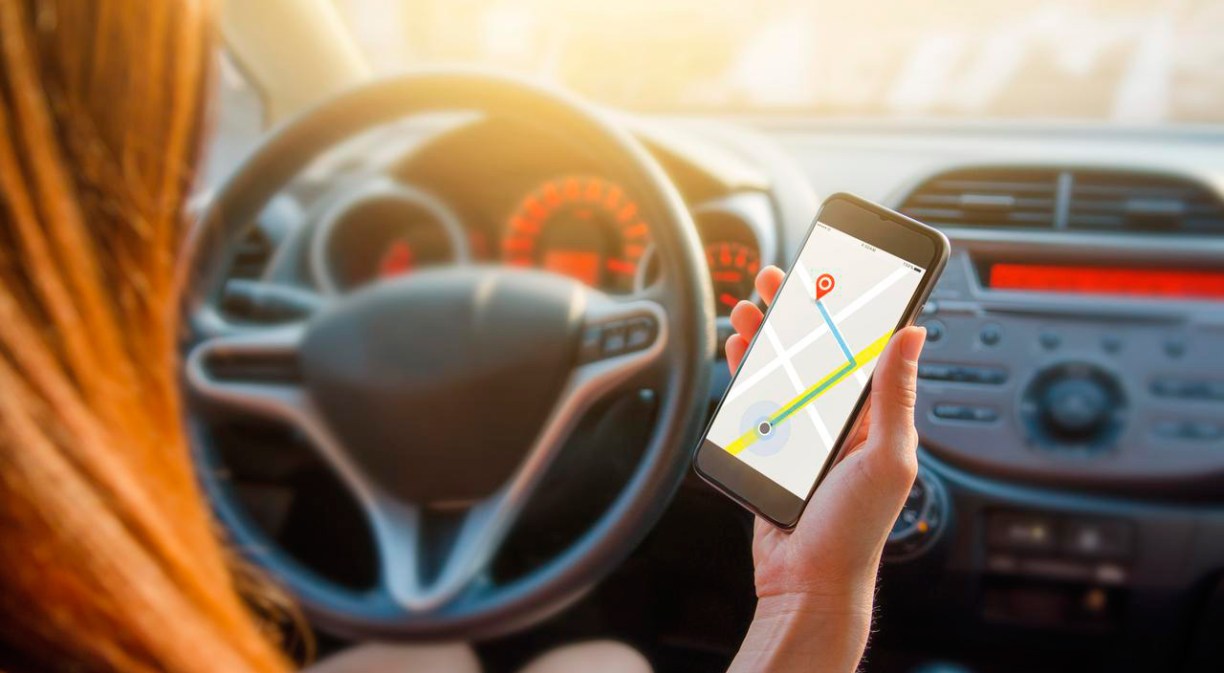Transport is an activity that needs the improvements that new technologies have to offer to improve sustainability and safety.
According to the data provided by the DGT (Directorate-General for Traffic), 393.7 million journeys were made in 2021, a very similar figure to the one recorded in 2019, with only 8% fewer than before the beginning of the coronavirus pandemic.
As the Foundation of the CETMO (Centre for Transportation Studies for the Western Mediterranean) points out in its “Report on the contribution of transport and its future challenges”, freight and passenger transport constitutes an economic sector of “great strategic importance for industry, trade and people’s mobility” and it will become increasingly so in a globalised economy. Moreover, the development of competitive transport enables us to “retain economic activities while generating new ones”.
The need for more sustainable transport
However, cars, motorbikes, buses, vans and lorries are responsible for 27% of the greenhouse gas emissions generated in Spain each year and, within this figure, road transport accounts for 93% of the total, according to the Ministry of Transport, Mobility and Urban Agenda.
For this reason, the same organisation has launched a programme to support sustainable and digital transport, the aim of which is to boost the decarbonisation of the sector, partly through digitisation in order to improve the efficiency of transport systems, make them less polluting and developing them towards more sustainable and safer modes, incorporating the latest technological and digital innovations.
This programme is being developed within the framework of the 2030 Safe, Sustainable and Connected Mobility Strategy, launched by the Government to prioritise investments in real needs supported by green taxation, in such a way as to promote safety at the wheel, reduce polluting gases, introduce new technologies that can help to provide real-time information on any type of incident and make life easier for citizens by incorporating the use of autonomous vehicles or drones.
Driving electrification
Spain is at the forefront of 5G network deployment throughout the world. This is an advantage that can be used to advance the electrification of the car fleet in our country. Capitalising on this framework, companies such as Naturgy have presented their strategic plans to create a renewable energy network for mobility over the next few years, with the aim of preventing the emission of 760 kilotonnes (kTn) of CO2 per year, according to the company’s estimates.
The Spanish company, which operates in the electricity and gas sectors, intends to build a charging network with 1,100 charging points for electric vehicles and promote more sustainable urban and inter-city mobility. For this purpose it will rely on the communications network as an essential element, together with the innovations it has to offer, such as 5G technology and Internet of Things connectivity. This will allow the company to apply other technologies such as Artificial Intelligence to predict demand, analyse consumption in real time, detect anomalies and fraud and carry out preventive maintenance on the charging points and even scale them.
Urban mobility
Transport and mobility are two concepts that go hand in hand, especially when it comes to improving the movement of people and goods, which is also a key element for social cohesion and economic growth. Mobility is a factor that affects the quality of life of citizens, the environment around them and the development of the cities they live in. But they’re also required to be intelligent. And it’s in this respect that the new technologies are a great partner.
The digitisation of public and private transport systems allows the creation of environments that favour traffic management, e.g. by creating platforms that permit communication between vehicles to create alerts and alternative routes in the event of traffic jams and platforms that can provide information on the availability of parking spaces in large cities. Other objectives to be achieved include the integration of inter-modal and shared mobility into well-known models such as car sharing and carpooling and similar ones like motosharing and bikesharing services, which contribute to reducing congestion problems at rush hours, besides adding value to services such as logistics services in the final delivery phase and the last mile in the hearts of cities.
More connected to the road
Together with the deployment of the 5G network, the development of V2X (vehicles connected to the user and city) technology will go a long way towards meeting the Green New Deal goals seeking to achieving climate neutrality in Europe by 2050. The 2nd Sustainable Mobility in Spain Observatory, drawn up by Grant Thornton in partnership with the Ibercaja Foundation and Mobility City, highlights the importance of investing in R&D and technology.
Moreover, the Observatory stresses that the use of Big Data and AI will help companies in the transport and mobility sector to expand. According to the report, only 19% of European companies in the logistics and transport sector use data analytics tools, a solution that could save up to 100,000 million euros and improve mobility efficiency by 10%, according to the estimates of the European Commission. Public and private agents must drive digitisation and connectivity to ensure that this strategic sector continues to grow and that the changes towards more sustainable, efficient and safe mobility are visible as soon as possible, thus improving citizens’ quality of life.











